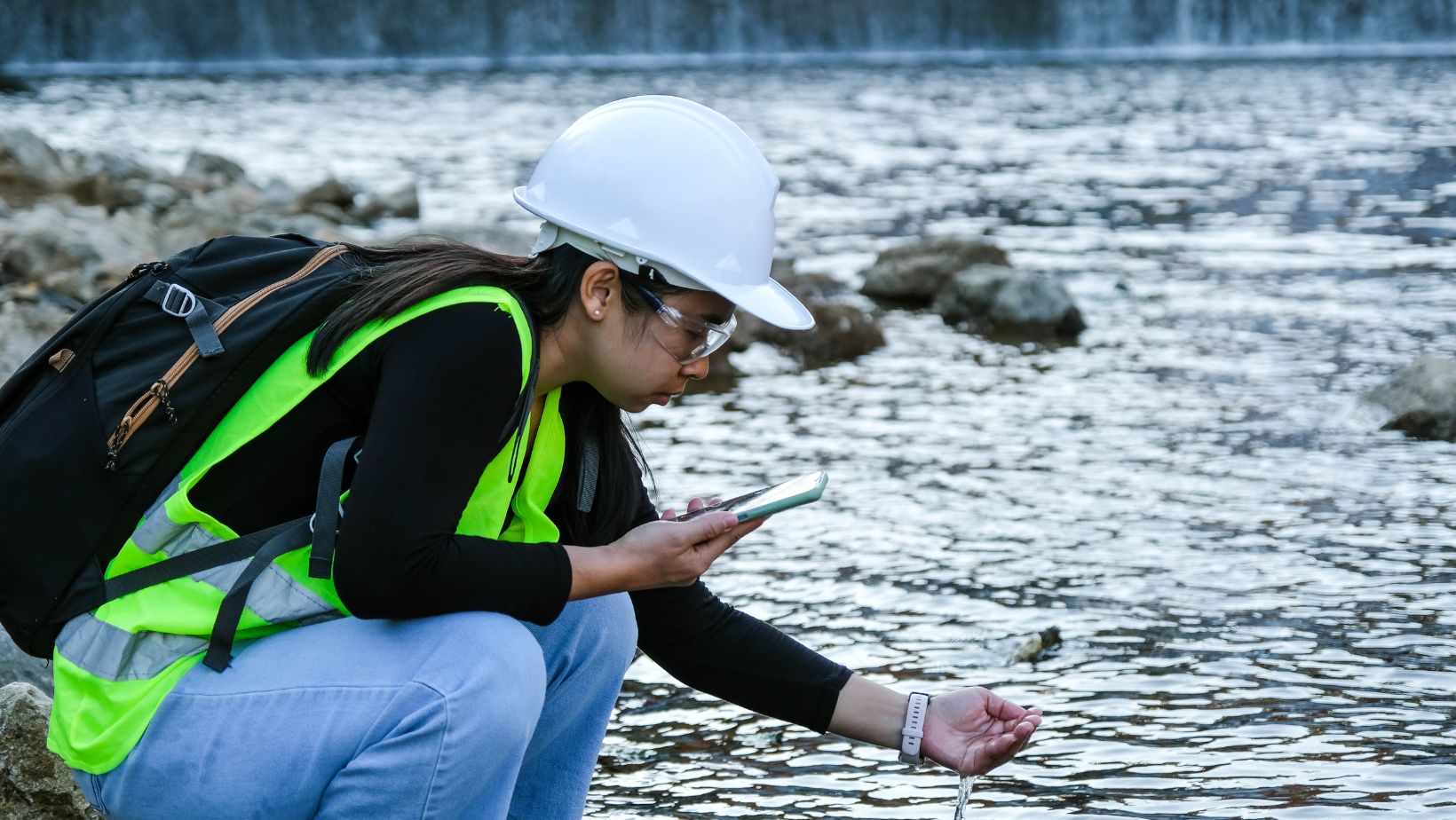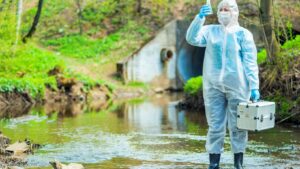
In the quest for solutions to today’s pressing environmental issues, the role of education cannot be overstated. Advanced Placement (AP) Environmental Science stands at the forefront of this educational frontier, offering high school students a comprehensive dive into the complexities of ecological systems, human impact on the environment, and the sustainable strategies needed for the future. This course not only broadens students’ understanding of the environment but also equips them with the critical thinking skills necessary to tackle real-world environmental challenges.
Environmental Science Ap
 The AP Environmental Science curriculum offers a comprehensive overview of key environmental issues and the scientific principles behind them. It delves into the structure and function of earth systems, including the atmosphere, hydrosphere, geosphere, and biosphere. Students explore topics such as biodiversity, natural resources, pollution, and environmental consequences of human population growth. Critical thinking and analytical skills are honed through hands-on laboratory work and field studies, enabling students to assess environmental problems and explore sustainable solutions. The curriculum is structured to encourage an interdisciplinary approach, combining elements of biology, chemistry, physics, and earth science with societal and ethical considerations. This approach ensures that students not only understand the science behind environmental issues but also appreciate the complex interactions between human activity and the natural world.
The AP Environmental Science curriculum offers a comprehensive overview of key environmental issues and the scientific principles behind them. It delves into the structure and function of earth systems, including the atmosphere, hydrosphere, geosphere, and biosphere. Students explore topics such as biodiversity, natural resources, pollution, and environmental consequences of human population growth. Critical thinking and analytical skills are honed through hands-on laboratory work and field studies, enabling students to assess environmental problems and explore sustainable solutions. The curriculum is structured to encourage an interdisciplinary approach, combining elements of biology, chemistry, physics, and earth science with societal and ethical considerations. This approach ensures that students not only understand the science behind environmental issues but also appreciate the complex interactions between human activity and the natural world.
Preparing for the AP Environmental Science Exam
Understanding the Exam Structure
The AP Environmental Science exam consists of two sections: multiple-choice and free-response questions. Students must be familiar with both sections to perform well. The multiple-choice section tests students on a wide range of topics, including ecosystems, pollution, and resource management. The free-response section requires students to analyze environmental problems and propose solutions, demonstrating critical thinking and application of scientific principles.
Developing Effective Study Strategies
Effective study habits are crucial for mastering the content of the AP Environmental Science curriculum. Students should start their preparation early, revising classroom notes and readings. Regular practice with past exam questions can help students familiarize themselves with the format and types of questions asked. Joining a study group or finding a study partner can also facilitate discussions on complex topics, enhancing understanding.
Leveraging Resources
A variety of study materials are available to students preparing for the AP Environmental Science exam, including textbooks, online courses, and books. Utilizing these resources can provide students with additional perspectives and explanations of difficult concepts. Teachers and tutors can offer personalized guidance and clarify doubts, ensuring students are well-prepared for the exam.
By integrating these strategies into their study plan, students can enhance their readiness for the AP Environmental Science exam, advancing their knowledge and skills in addressing environmental issues.
Themes and Case Studies in Environmental Science AP
 AP Environmental Science covers a wide array of themes critical to understanding the planet’s ecological balance and the human footprint on it. Notably, the curriculum explores Earth’s systems and resources, the living world, and population dynamics alongside pollution and global change. These interdisciplinary themes enable students to grasp the complexity of environmental challenges.
AP Environmental Science covers a wide array of themes critical to understanding the planet’s ecological balance and the human footprint on it. Notably, the curriculum explores Earth’s systems and resources, the living world, and population dynamics alongside pollution and global change. These interdisciplinary themes enable students to grasp the complexity of environmental challenges.
Case studies play a vital role in illustrating these themes. For instance, the examination of the Chesapeake Bay restoration efforts exemplifies ecosystem recovery and management strategies, highlighting the significance of sustainable practices. Similarly, studying the impact of deforestation in the Amazon Basin sheds light on biodiversity loss and climate change, offering insights into conservation efforts and the importance of ecological diversity.
Resources for Excelling in Environmental Science AP
Embarking on the AP Environmental Science journey equips students with the knowledge and skills to tackle pressing environmental issues. It’s a course that not only prepares them for academic success but also molds them into informed citizens ready to contribute to a sustainable future. With a curriculum that blends theory with practical experiences, students gain a holistic understanding of how ecosystems function and the human role within these systems. To excel, engaging with a variety of resources, from textbooks to real-world case studies, enhances their learning experience. This approach not only aids in acing the AP exam but also in understanding the complexity of environmental challenges. As students navigate through topics such as biodiversity and pollution, they’re encouraged to think critically and propose viable solutions, fostering a sense of ecological responsibility that transcends the classroom.
